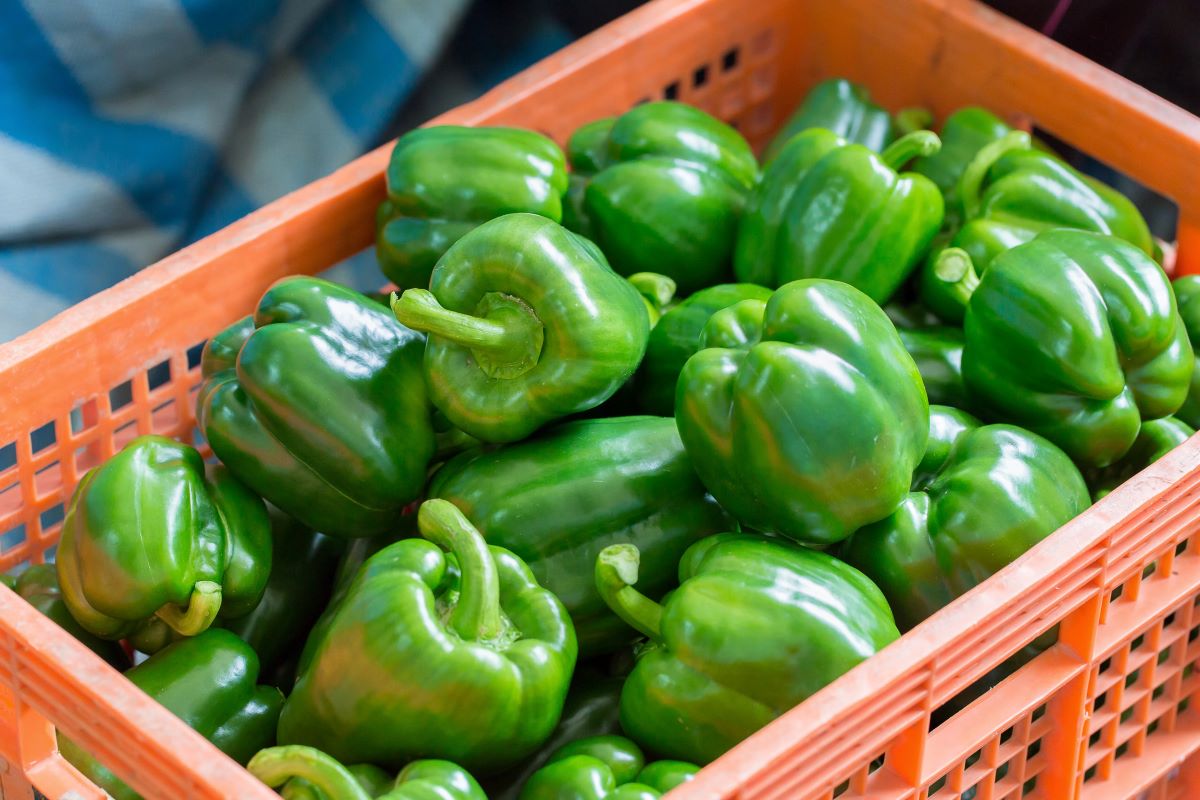

Articles
How To Store Green Peppers
Modified: February 23, 2024
Learn the best methods for storing green peppers in this informative article. Discover tips and tricks for keeping your peppers fresh and flavorful.
(Many of the links in this article redirect to a specific reviewed product. Your purchase of these products through affiliate links helps to generate commission for Storables.com, at no extra cost. Learn more)
Introduction
Green peppers, also known as bell peppers or sweet peppers, are a versatile and colorful addition to any meal. With their crisp texture and vibrant flavor, they are a favorite ingredient in salads, stir-fries, stuffed dishes, and more. But what if you have an abundance of green peppers and want to store them for future use?
Proper storage of green peppers is essential to maintain their freshness and flavor for an extended period. By following the right techniques and considerations, you can extend the shelf life of your green peppers and enjoy their delicious taste even after weeks of buying them.
In this article, we will discuss the various factors to consider before storing green peppers, how to select fresh peppers for storage, the proper preparation techniques, the best methods to store them, tips to extend their shelf life, common mistakes to avoid, and creative ways to use stored green peppers.
Whether you are a home cook or a professional chef, understanding the fundamentals of storing green peppers will help you make the most out of this delightful vegetable and minimize waste. So, let’s dive in and learn how to store green peppers like a pro!
Key Takeaways:
- Properly storing green peppers involves considering factors like ripeness, quality, and temperature, and preparing them by washing, drying, and removing seeds. Refrigeration, freezing, blanching, and dehydrating are effective storage methods, and using stored green peppers in various dishes adds versatility to your culinary creations.
- By avoiding common mistakes like storing damaged or wet peppers and utilizing stored green peppers in stir-fries, salads, and stuffed dishes, you can extend their shelf life and elevate the flavor of your meals. Embrace the culinary potential of green peppers and minimize food waste with proper storage and creative usage.
Read more: How To Store A Green Pepper
Factors to Consider Before Storing Green Peppers
Before storing green peppers, it’s important to consider a few factors that can impact their shelf life and quality. By taking these factors into account, you can ensure that your green peppers stay fresh and flavorful:
- Ripeness: Choose green peppers that are firm, shiny, and free from blemishes. Avoid peppers that have soft or wrinkled spots, as they may spoil quickly.
- Quality: Ensure that the green peppers you plan to store are of high quality. Fresh, vibrant peppers with no signs of decay or discoloration are the best candidates for storage.
- Temperature: Green peppers are sensitive to temperature changes. They should be stored at a cool temperature, preferably between 45 and 50 degrees Fahrenheit (7 to 10 degrees Celsius). Avoid storing them in extremely cold or warm environments, as this can cause the peppers to spoil faster.
- Humidity: Moisture can accelerate the deterioration of green peppers. Therefore, it’s important to store them in a dry environment. Excessive humidity can lead to mold growth, so make sure the storage area is well-ventilated.
- Spacing: Green peppers should be stored in such a way that they have enough space between them. Crowding the peppers can lead to increased moisture retention and the spread of spoilage.
- Time: Green peppers are best consumed within a week of purchase. While they can last longer if properly stored, their quality may start to decline after a certain period.
By considering these factors, you can ensure that your green peppers remain fresh and tasty for as long as possible. Now that we’ve covered the factors to consider, let’s move on to selecting the right green peppers for storage.
How to Select Fresh Green Peppers for Storage
When it comes to storing green peppers, selecting fresh ones is the first step towards successful preservation. Follow these tips to choose the best green peppers for storage:
- Appearance: Look for green peppers that have a bright, glossy skin. Avoid peppers with dull or wrinkled surfaces, as they may indicate age or poor quality.
- Firmness: Gently squeeze the green pepper to check its firmness. It should feel firm and resilient to the touch. Avoid peppers that feel soft or mushy, as they are likely overripe.
- Size and Shape: Select green peppers that are uniform in size and have a symmetrical shape. This ensures even ripening and minimizes the risk of spoilage.
- Stem: Examine the stem of the green pepper. It should be green, fresh, and firmly attached. A withered or brown stem may indicate the pepper is older or starting to deteriorate.
- Color: While green peppers are typically green when ripe, some varieties may have a slightly different color when fully mature. Choose peppers that have a vibrant green color, free from any yellow or brown patches.
- Avoid Bruised or Damaged Peppers: Check the peppers for any signs of bruising, cuts, or damage. Avoid selecting peppers with these issues, as they are more prone to spoilage.
By following these guidelines, you will be able to identify fresh and high-quality green peppers for storage. Remember, selecting the best peppers is crucial for prolonging their shelf life and maintaining their flavor. In the next section, we will explore the proper preparation techniques for green peppers before storage.
Proper Preparation of Green Peppers for Storage
Before storing green peppers, it is essential to prepare them properly to prolong their freshness and prevent spoilage. Follow these steps for the proper preparation of green peppers for storage:
- Wash and Dry: Start by washing the green peppers thoroughly under cool running water. Gently rub them with your hands to remove any dirt or debris. After washing, pat them dry with a clean towel to remove excess moisture.
- Remove Seeds and Core: Cut off the top of the green pepper to remove the stem and core. Then, slice the pepper in half and carefully remove the seeds and any white pith. Removing the seeds and core helps prevent the growth of mold or bacteria.
- Slice or Dice: Depending on your preference and intended use, you can slice or dice the green peppers. Keep in mind that smaller pieces may be more convenient for future recipes.
- Separate Different Colors: If you have green peppers of different colors, such as red or yellow, it is advisable to store them separately. Each color may have different ripening rates, so separating them prevents one color from affecting the others.
- Packaging: Place the prepared green peppers in airtight containers or resealable plastic bags. Make sure to remove as much air as possible from the bags before sealing them. Alternatively, you can wrap each pepper tightly in plastic wrap.
- Label and Date: Finally, label the storage container or bag with the date of packing. This way, you can easily keep track of the peppers’ freshness and use them accordingly.
Properly preparing green peppers before storage helps maintain their quality and minimizes the risk of spoilage. Once you have prepared the peppers, it’s time to explore the best methods for storing them. Let’s continue to the next section to discover effective storage techniques for green peppers.
Best Methods for Storing Green Peppers
There are several effective methods for storing green peppers to maintain their freshness and quality. Consider the following options to find the one that works best for you:
- Refrigeration: The refrigerator is the most common and convenient method for storing green peppers. Place the prepared peppers in a perforated or breathable plastic bag and store them in the vegetable drawer or a cool part of the fridge. The cold temperature helps slow down the ripening process and keeps the peppers fresh for up to two weeks.
- Freezing: Freezing green peppers is an excellent option for long-term storage. Wash, dry, and dice the peppers before placing them in airtight freezer-safe containers or bags. Remove as much air as possible to prevent freezer burn. Frozen green peppers can retain their quality for up to six months. Note that the texture of frozen peppers may become slightly softer, making them ideal for cooked dishes rather than raw preparations.
- Blanching and Freezing: If you prefer to preserve the crispness of green peppers, blanching them before freezing is recommended. Blanching involves briefly immersing the peppers in boiling water, then transferring them to an ice bath to stop the cooking process. This method helps preserve the texture and flavor of the peppers. Once blanched, pack the peppers in airtight containers or bags and freeze them for future use.
- Dehydrating: Dehydrating green peppers is another option for long-term storage. Slice or dice the peppers and spread them on a dehydrator tray or baking sheet lined with parchment paper. Dry the peppers at a low temperature until they are crisp and no longer pliable. Store the dehydrated peppers in airtight containers in a cool, dry place. When ready to use, rehydrate the peppers in water for a few minutes before incorporating them into recipes.
Choose the storage method that aligns with your preferences and cooking needs. Each method has its advantages, so feel free to experiment and find the one that works best for you. Now that we have covered the best methods for storing green peppers, let’s move on to some tips for extending their shelf life.
To store green peppers, place them in a perforated plastic bag in the crisper drawer of the refrigerator. They will stay fresh for up to 1-2 weeks. Avoid washing them until ready to use.
Read more: How To Store Green Pepper
Tips for Extending the Shelf Life of Green Peppers
To prolong the shelf life of green peppers and keep them fresh for as long as possible, consider these helpful tips:
- Leave the Stem Intact: To help prevent moisture loss and maintain freshness, leave the stem of the green peppers intact until you are ready to use them.
- Avoid Moisture: Moisture can cause green peppers to spoil quickly. Before storing, make sure the peppers are completely dry to discourage mold growth.
- Keep Separated: Store green peppers separately from other fruits and vegetables, as some produce releases ethylene gas, which can accelerate the ripening process and cause the peppers to spoil faster.
- Check and Remove Spoiled Peppers: Regularly inspect your stored green peppers and promptly remove any that show signs of spoilage, such as mold or decay. Removing affected peppers helps prevent the spread of spoilage to others.
- Avoid Exposure to Sunlight: Green peppers should be stored in a cool, dry place away from direct sunlight. Sunlight can cause them to ripen and spoil faster.
- Rotate the Peppers: If you have multiple green peppers stored, periodically rotate them to ensure they are used in a first-in, first-out manner. This helps prevent any peppers from being forgotten and going bad.
- Properly Seal Storage Containers: Make sure the containers or bags used for storing green peppers are properly sealed to prevent air and moisture from entering and accelerating spoilage.
By following these tips, you can significantly extend the shelf life of green peppers and reduce waste. Remember to always use your judgment and discard any peppers that appear spoiled or have an off-putting odor. Now, let’s take a look at some common mistakes to avoid when storing green peppers.
Common Mistakes to Avoid when Storing Green Peppers
When it comes to storing green peppers, certain mistakes can compromise their quality and shelf life. Avoid these common pitfalls to ensure your peppers stay fresh and flavorful:
- Storing Damaged Peppers: Avoid storing green peppers that are bruised, damaged, or show signs of decay. These peppers are more susceptible to spoilage and can affect the quality of other stored peppers.
- Not Properly Cleaning the Peppers: Failing to wash green peppers thoroughly before storage can lead to the growth of bacteria or mold. Make sure to clean them under running water to remove any dirt or contaminants.
- Storing Wet Peppers: Moisture is the enemy of fresh peppers. After washing, make sure the green peppers are completely dry before storing them to prevent mold growth or decay.
- Storing Overripe Peppers: Green peppers that are overripe or soft will not last long in storage. Select peppers that are firm and avoid storing ones that already show signs of ripening or wrinkling.
- Storing Peppers at the Wrong Temperature: Green peppers should be stored in a cool environment, ideally around 45 to 50 degrees Fahrenheit (7 to 10 degrees Celsius). Storing them at higher temperatures can accelerate spoilage, while colder temperatures can cause chilling injury.
- Storing Peppers with Ethylene-Producing Fruits: Some fruits, such as apples and bananas, release ethylene gas that can speed up the ripening process of green peppers. Avoid storing green peppers together with these ethylene-producing fruits to prevent premature spoilage.
- Using Improper Storage Containers: Using improper storage containers, such as non-breathable plastic bags or containers without proper sealing, can lead to excess moisture retention and spoilage. Opt for breathable or perforated bags or airtight containers to maintain optimal freshness.
By avoiding these common mistakes, you can ensure that your green peppers stay fresh and delicious for a longer duration. Now, let’s explore some creative ways to use the stored green peppers.
Ways to Use Stored Green Peppers
Stored green peppers can be a versatile ingredient in a variety of dishes. Here are some creative ways to make use of your stored green peppers:
- Stir-fries: Green peppers add crunch and vibrant color to stir-fried dishes. Slice them into strips and toss them into your favorite Asian-inspired stir-fry for a burst of flavor.
- Fajitas and Tacos: Sauté strips of green peppers with onions and spices to create a flavorful base for fajitas and tacos. They add a refreshing and slightly sweet taste to these Mexican-inspired dishes.
- Stuffed Peppers: Hollow out green peppers and fill them with a savory mixture of rice, ground meat, vegetables, and herbs. Bake until the peppers are tender for a satisfying and delicious meal.
- Salads: Chop up green peppers and toss them into salads for a crunchy texture and refreshing taste. They pair well with other veggies, such as cucumber, tomatoes, and lettuce.
- Pizza Toppings: Thinly slice green peppers and use them as a topping for homemade pizzas. They add a distinct flavor and provide a visually appealing pop of color.
- Soups and Stews: Add sliced or diced green peppers to soups or stews for an extra burst of flavor. They pair well with tomatoes and other vegetables, enhancing the overall taste of the dish.
- Roasted Vegetables: Roasting green peppers alongside other vegetables, such as zucchini, eggplant, and onions, brings out their natural sweetness and adds a delightful smoky flavor.
- Dips and Salsas: Finely chop green peppers and incorporate them into homemade dips and salsas. They add a fresh and tangy element that complements chips, crackers, or grilled meats.
These are just a few ideas to get you started. Feel free to experiment with green peppers in your favorite recipes or explore new culinary creations. The stored green peppers can be a versatile ingredient that adds flavor, texture, and visual appeal to a wide range of dishes. Enjoy the deliciousness!
After exploring the various ways to utilize stored green peppers, it’s important to reflect on the key takeaways from this article.
Conclusion
Storing green peppers properly is a great way to prolong their freshness and ensure you can enjoy their vibrant flavor even after weeks of purchase. By considering factors like ripeness, quality, temperature, and humidity, you can make informed choices when selecting green peppers for storage. Properly preparing the peppers by washing, drying, and removing the seeds and core is crucial to maintain their quality.
The best methods for storing green peppers include refrigeration, freezing, blanching and freezing, and dehydrating. Each method has its benefits and is suitable for different cooking needs. Following simple tips like leaving the stem intact, avoiding moisture, and storing peppers separately can help extend their shelf life.
Avoid common mistakes such as storing damaged peppers or not properly cleaning them before storage. Optimize the use of your stored green peppers by incorporating them into dishes like stir-fries, stuffed peppers, salads, and pizzas. The versatility of green peppers allows them to enhance the flavor and appearance of various recipes.
As you explore different ways to use stored green peppers, remember to experiment and have fun in the kitchen. With proper storage and creative ideas, you can harness the full potential of green peppers and minimize food waste.
So, the next time you have an abundance of green peppers, you can confidently store them using the techniques and tips outlined in this article. Embrace the flavors, colors, and culinary possibilities that green peppers offer, and delight your taste buds with every meal!
Frequently Asked Questions about How To Store Green Peppers
Was this page helpful?
At Storables.com, we guarantee accurate and reliable information. Our content, validated by Expert Board Contributors, is crafted following stringent Editorial Policies. We're committed to providing you with well-researched, expert-backed insights for all your informational needs.
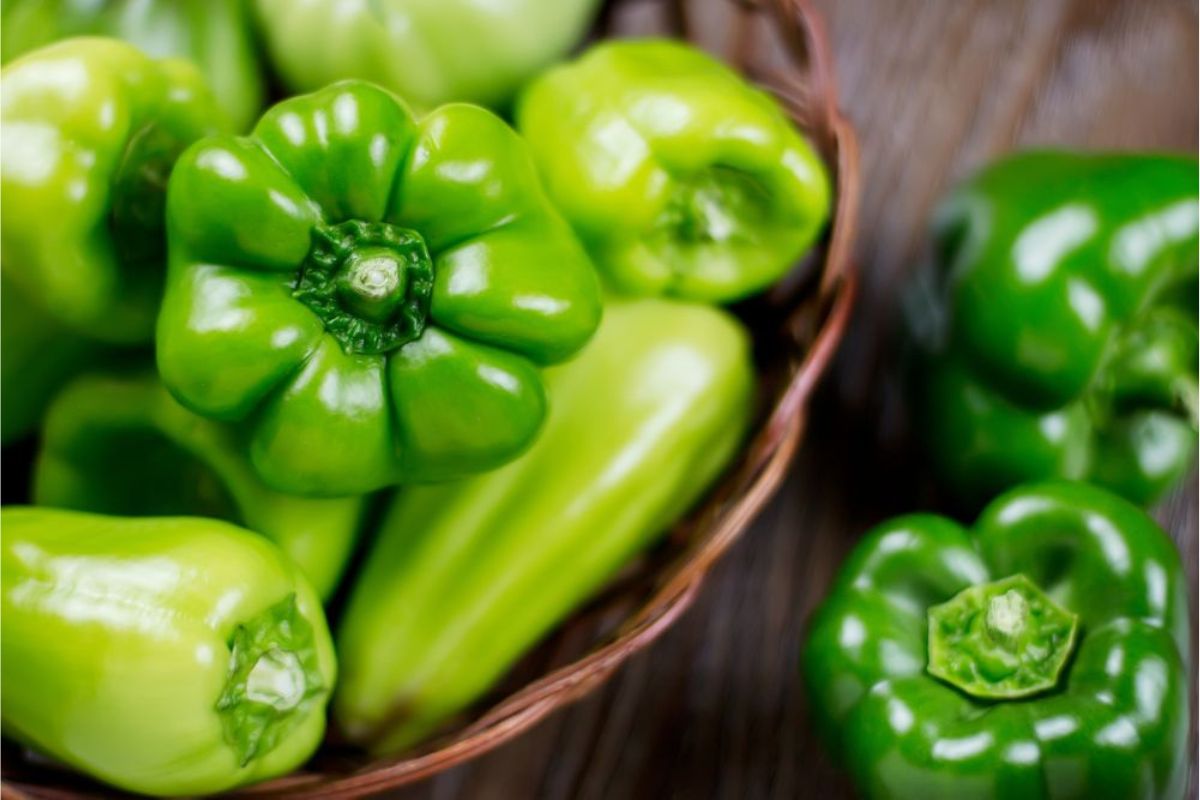
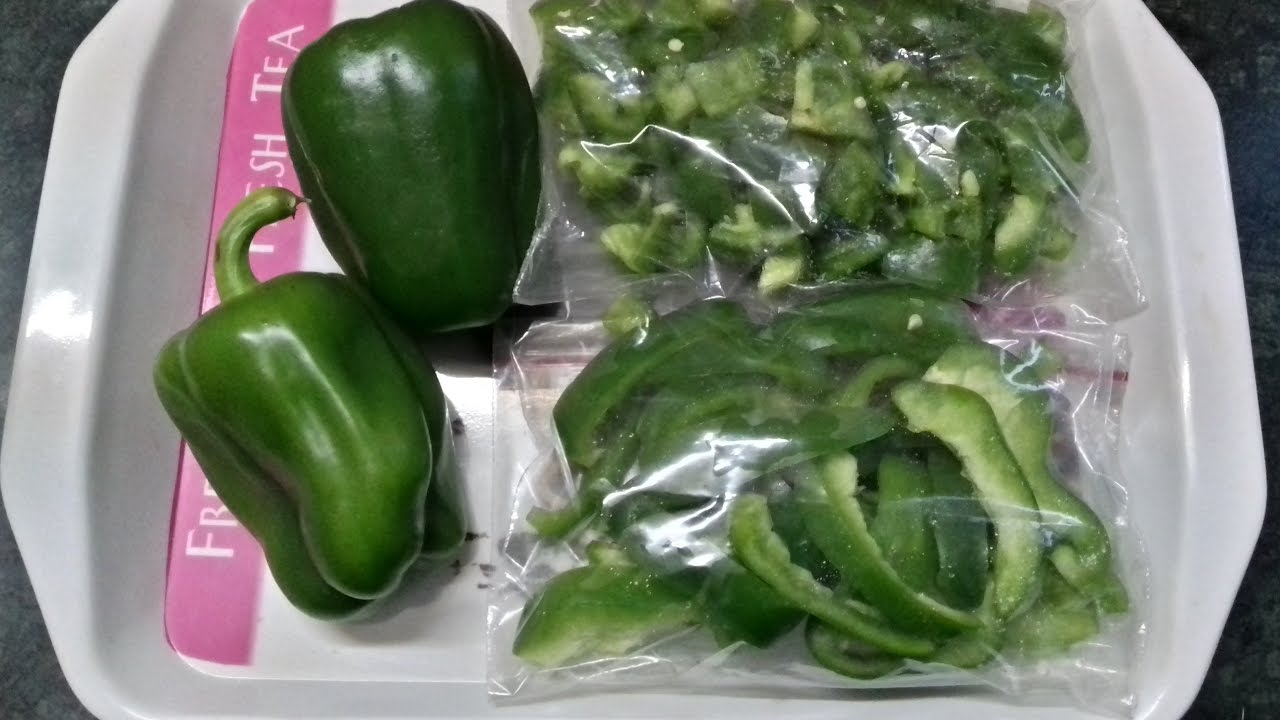
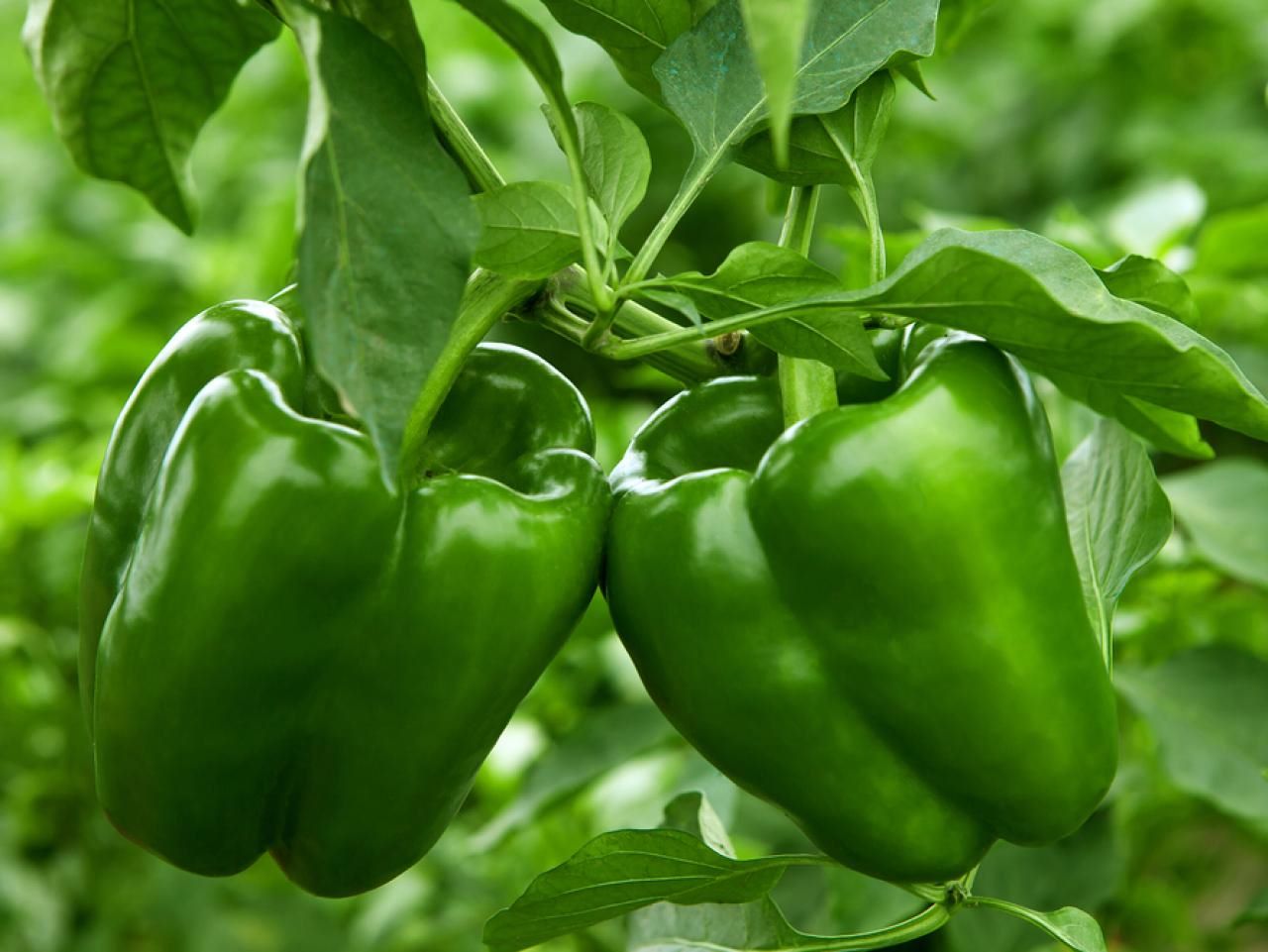
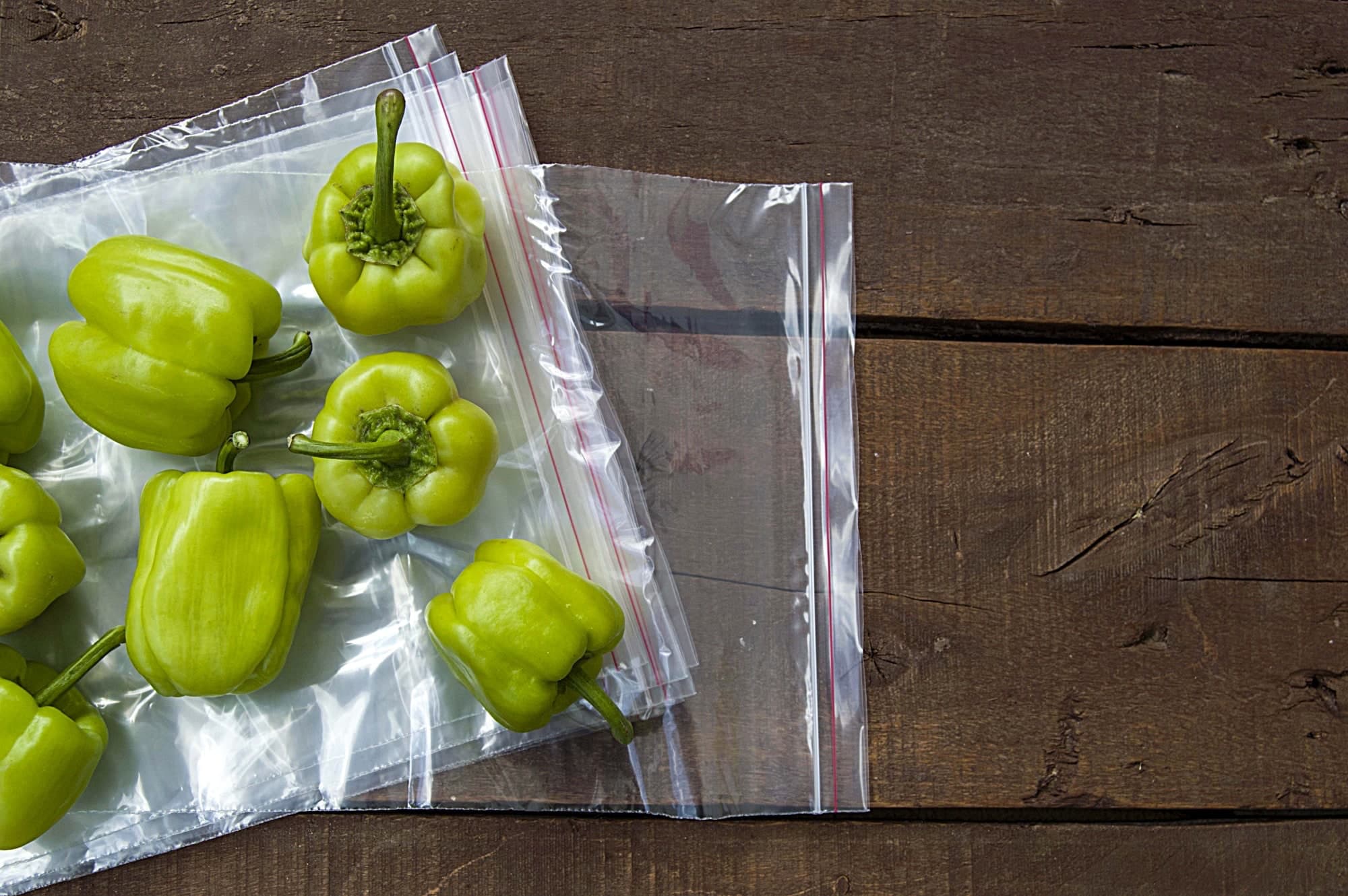
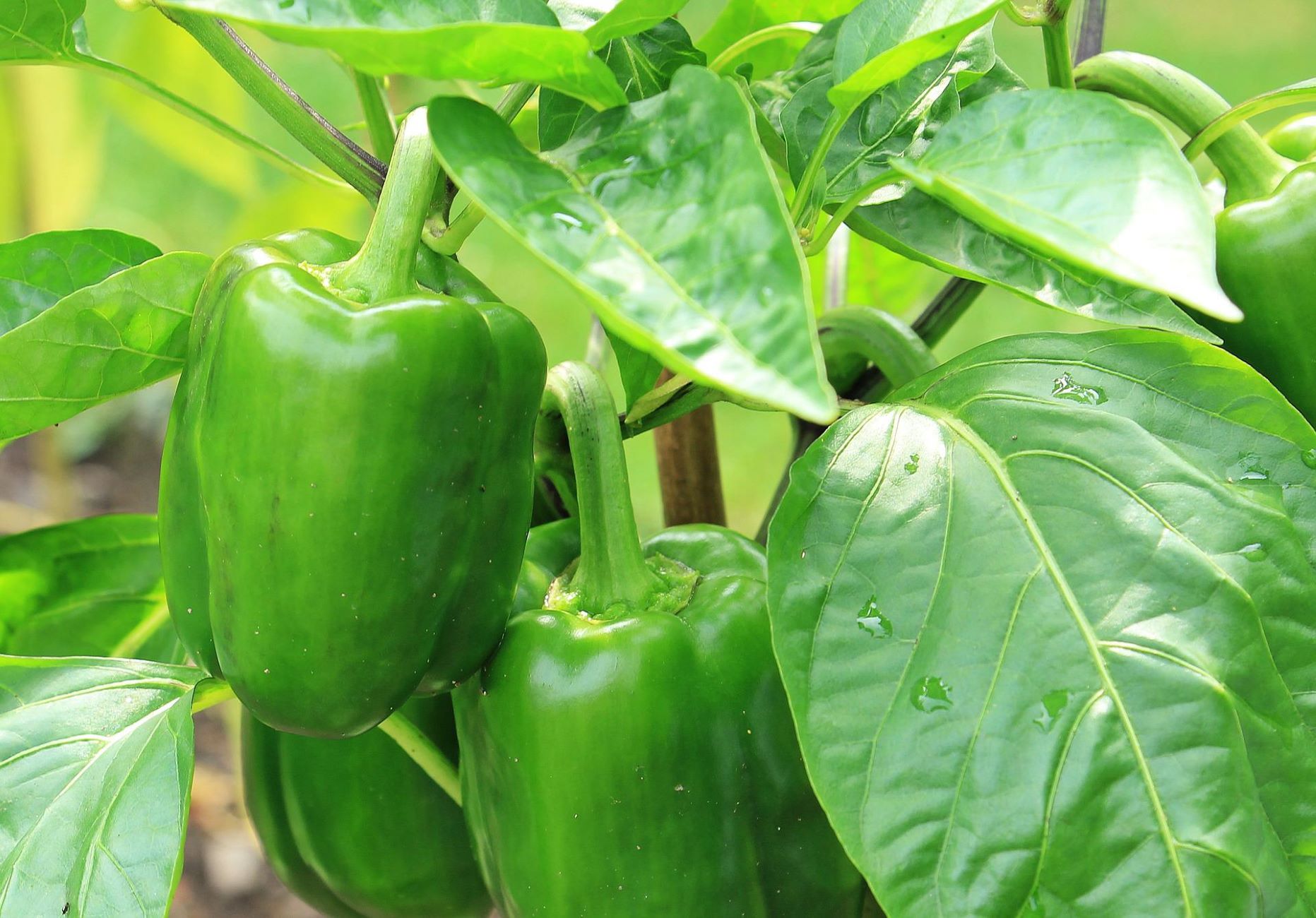
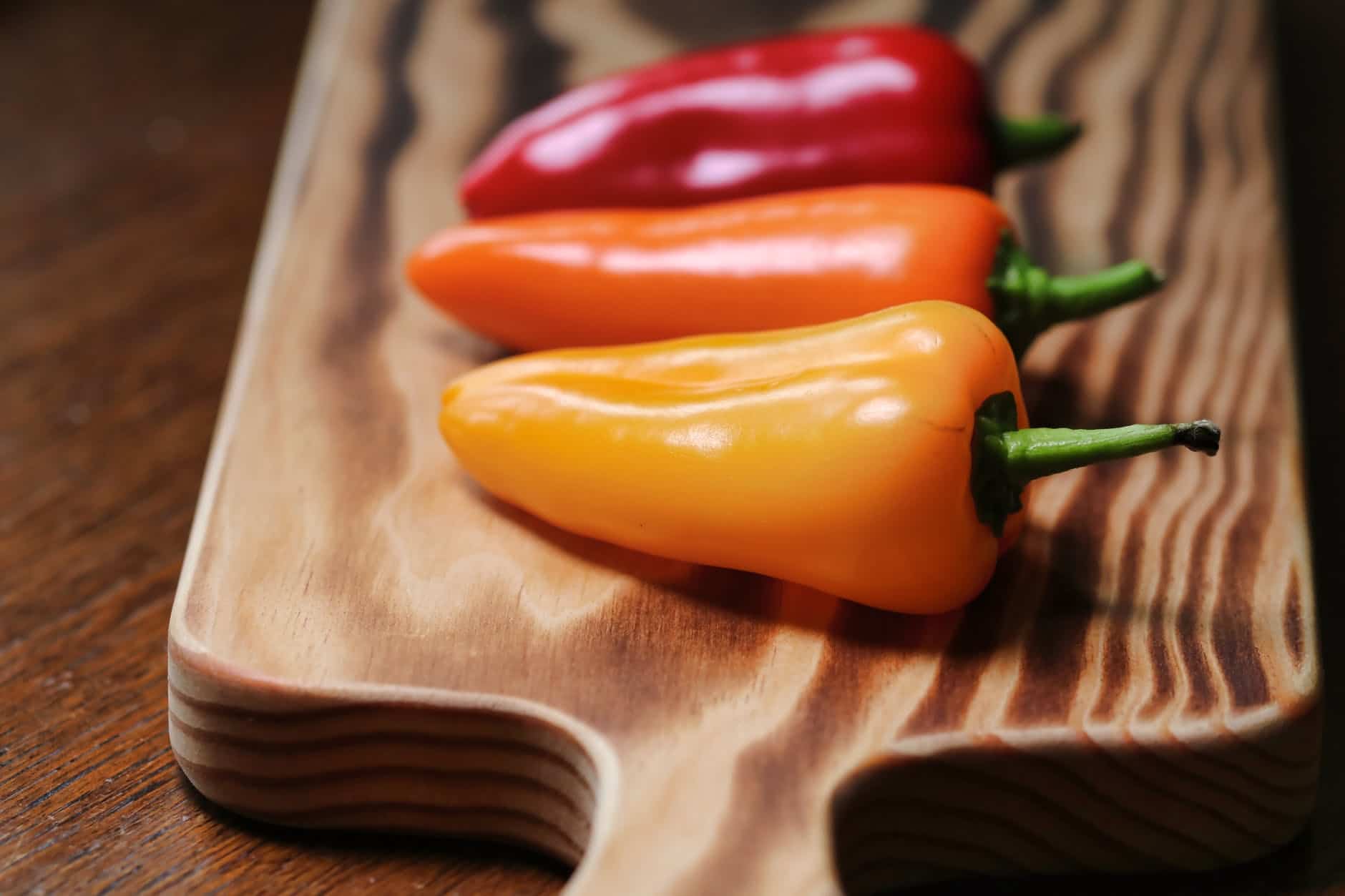
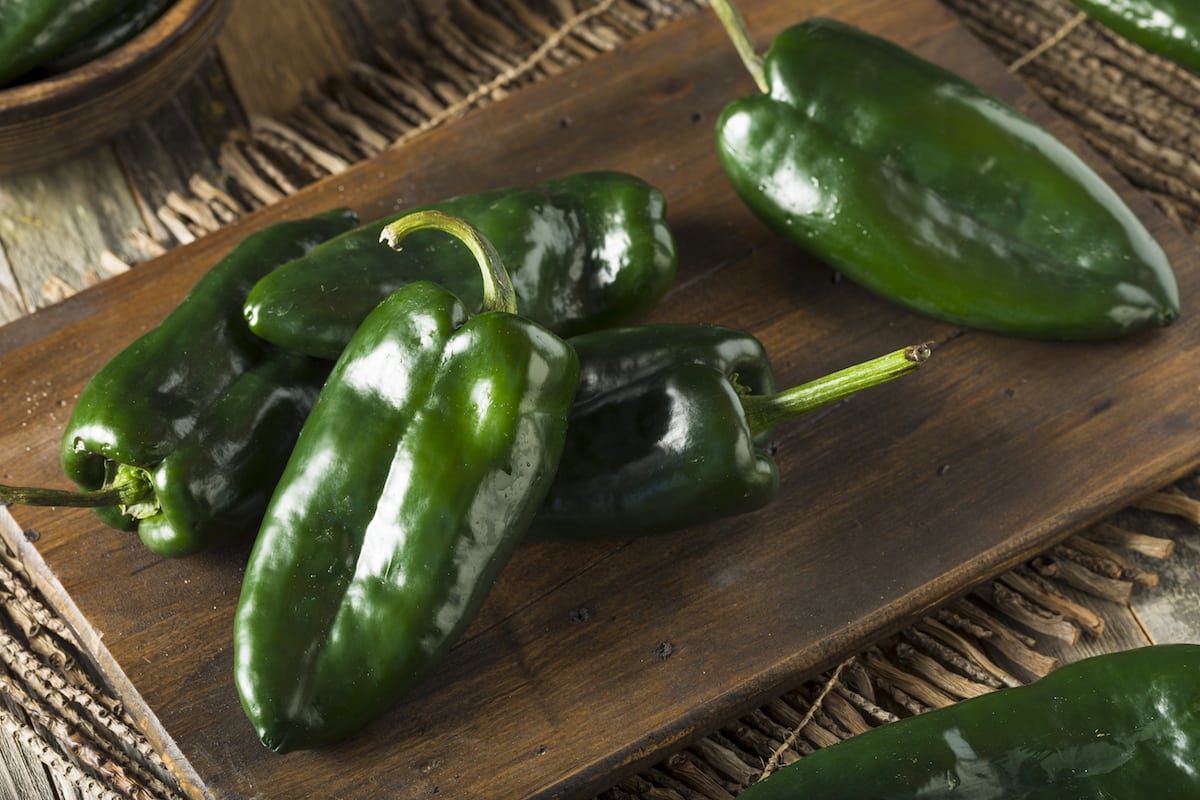
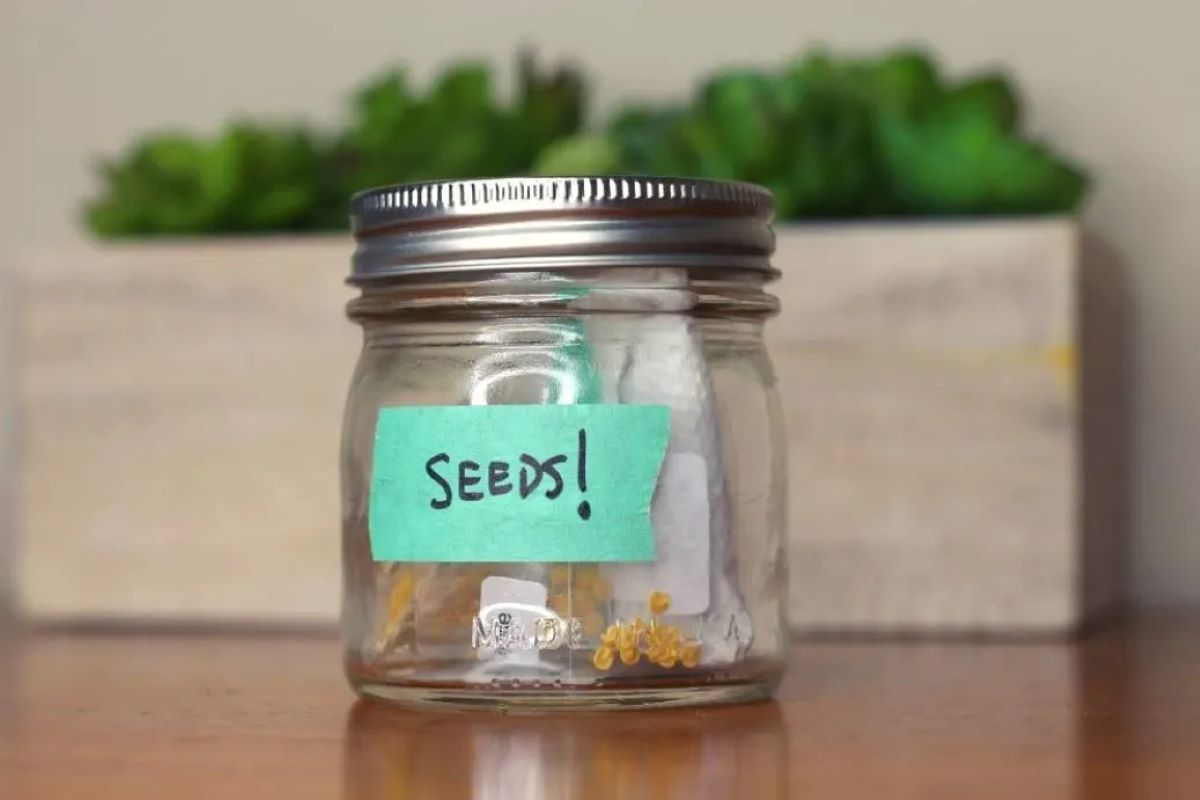
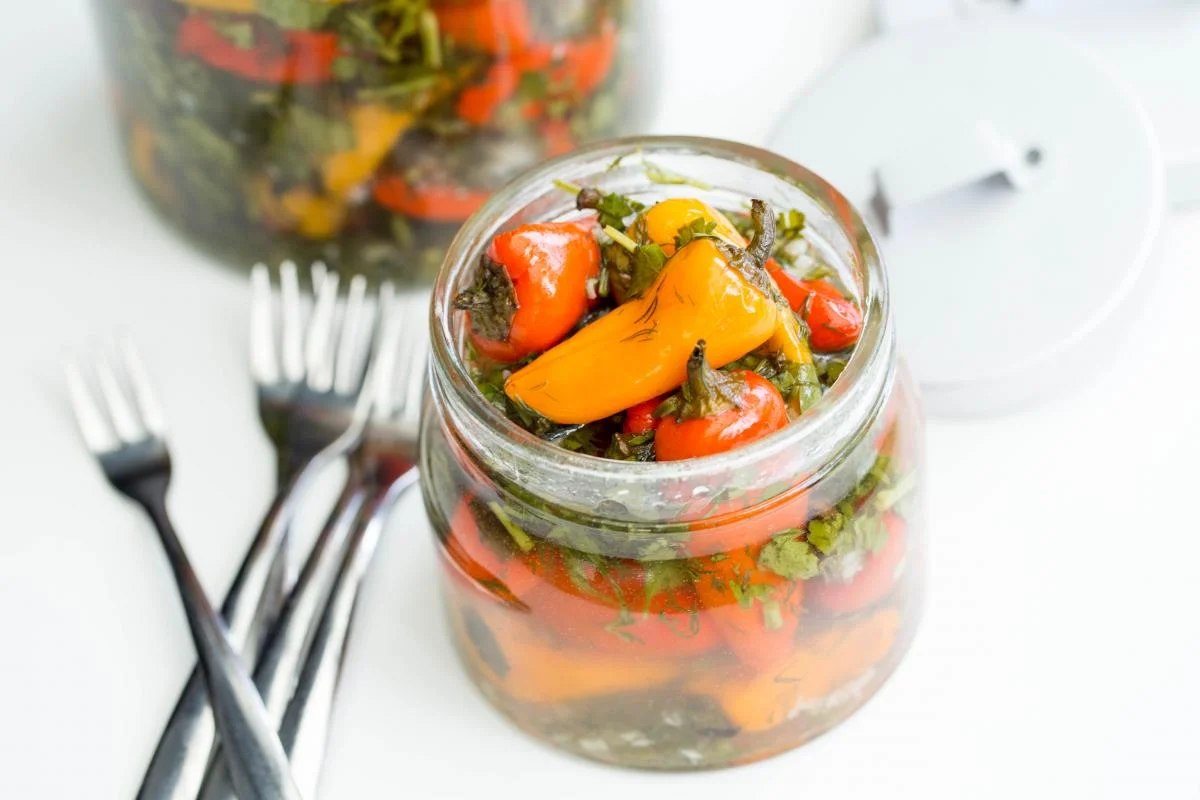
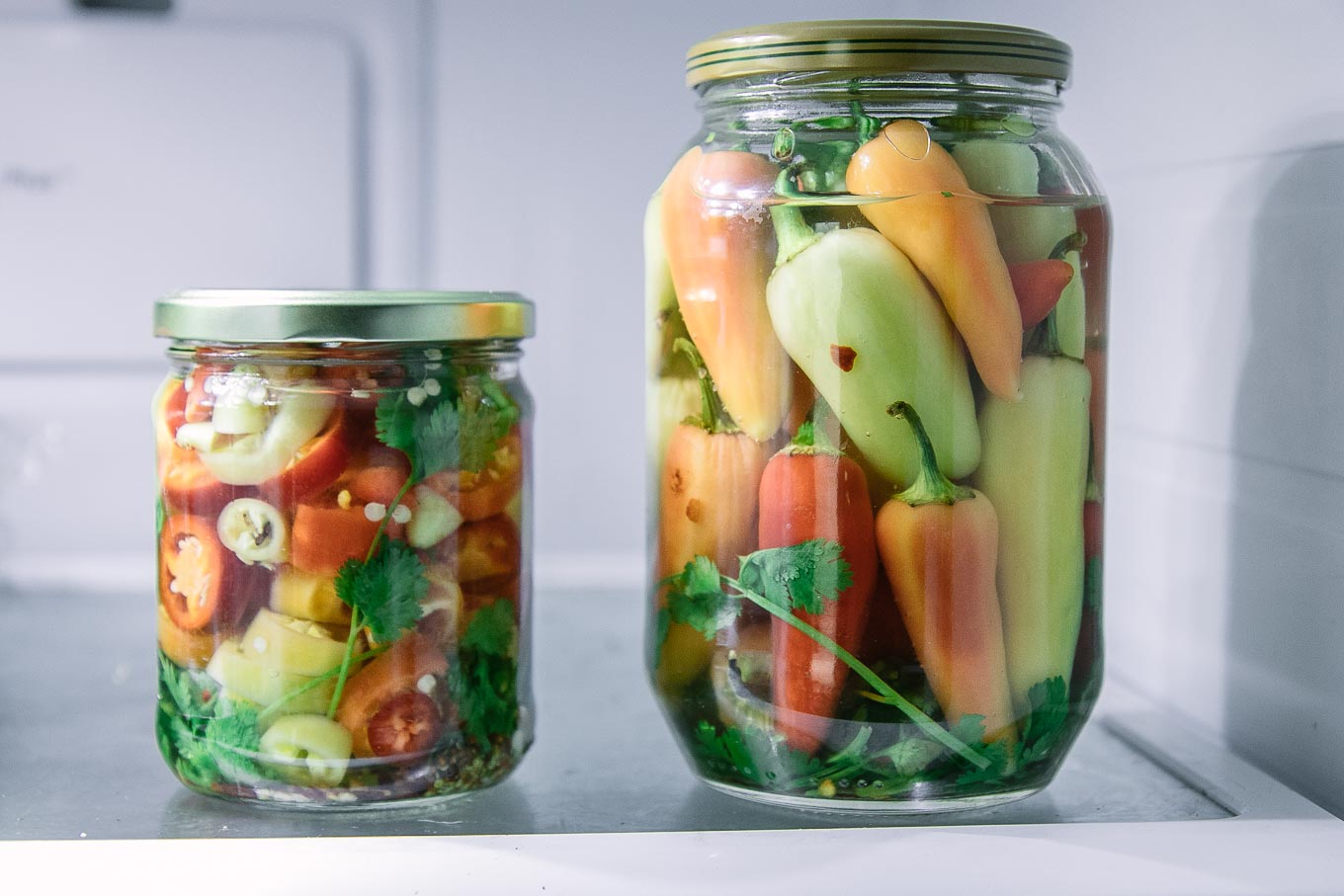
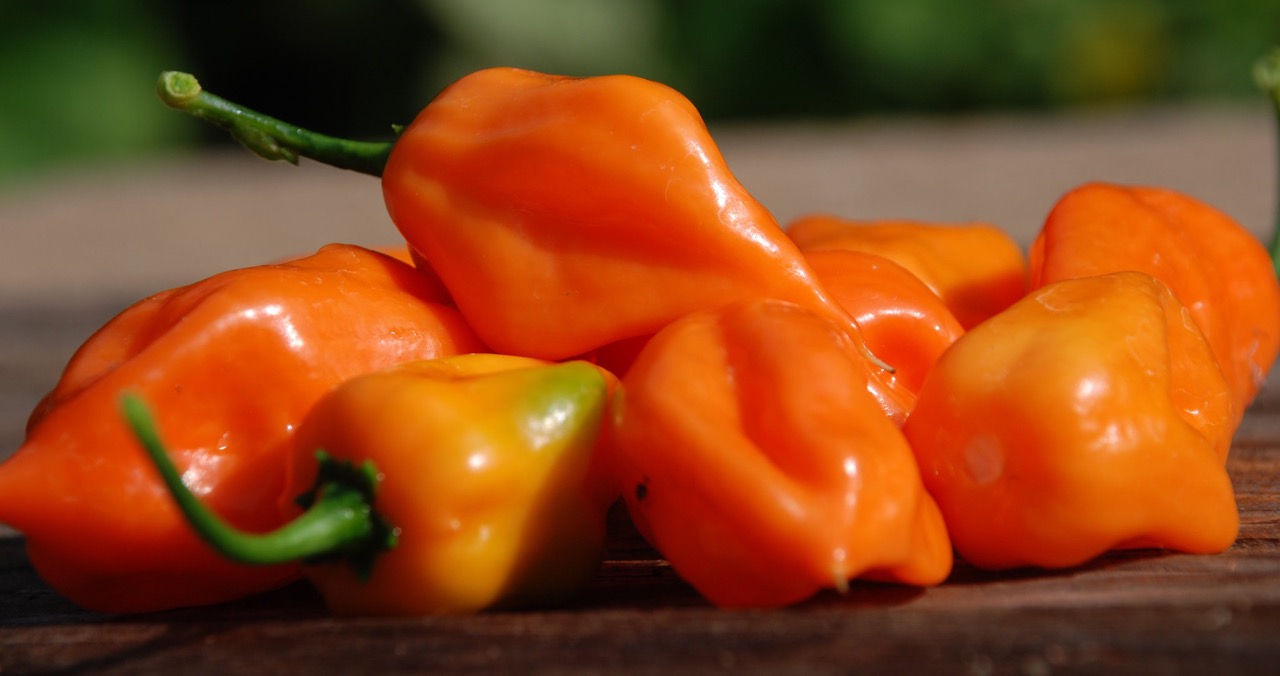
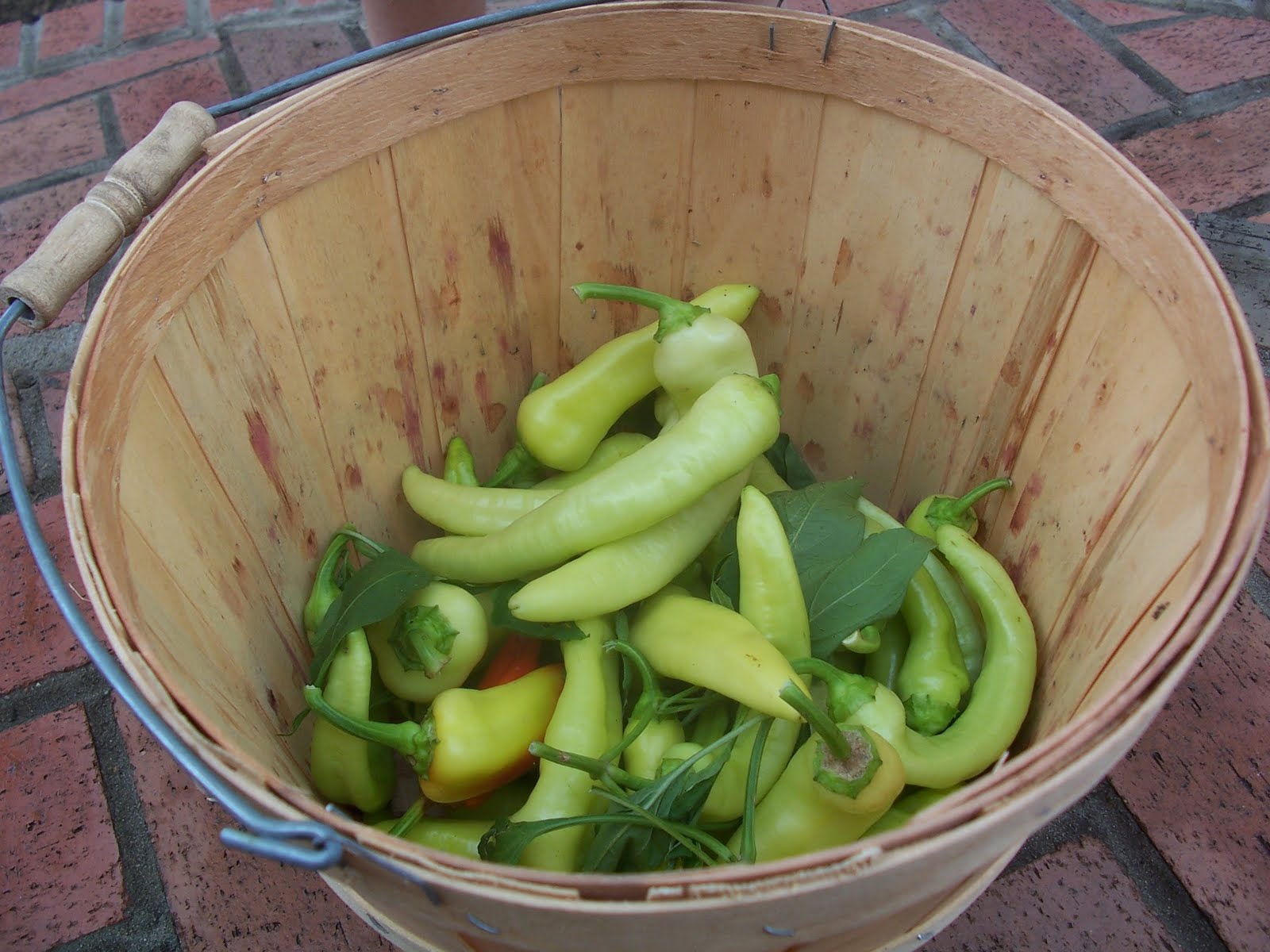
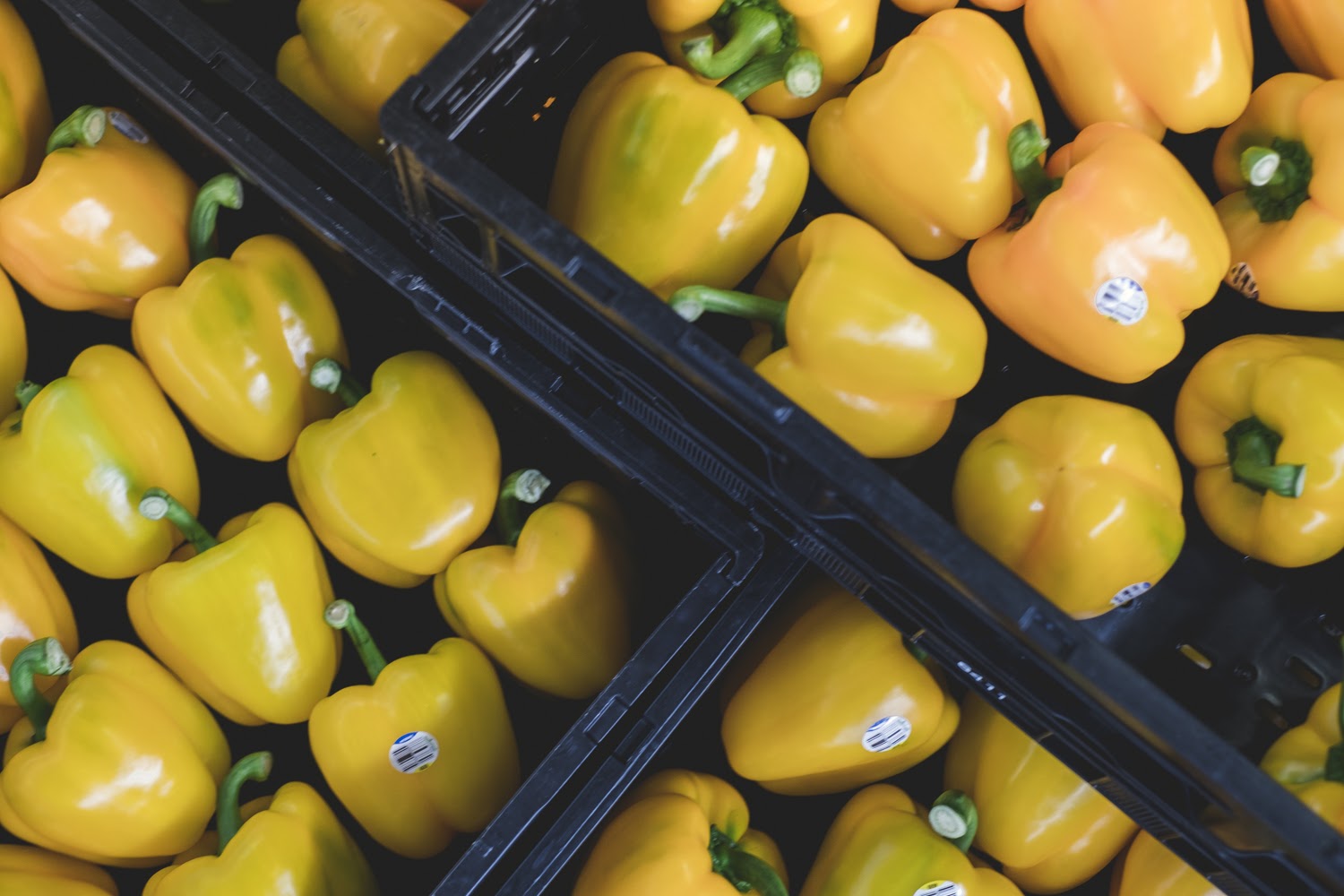
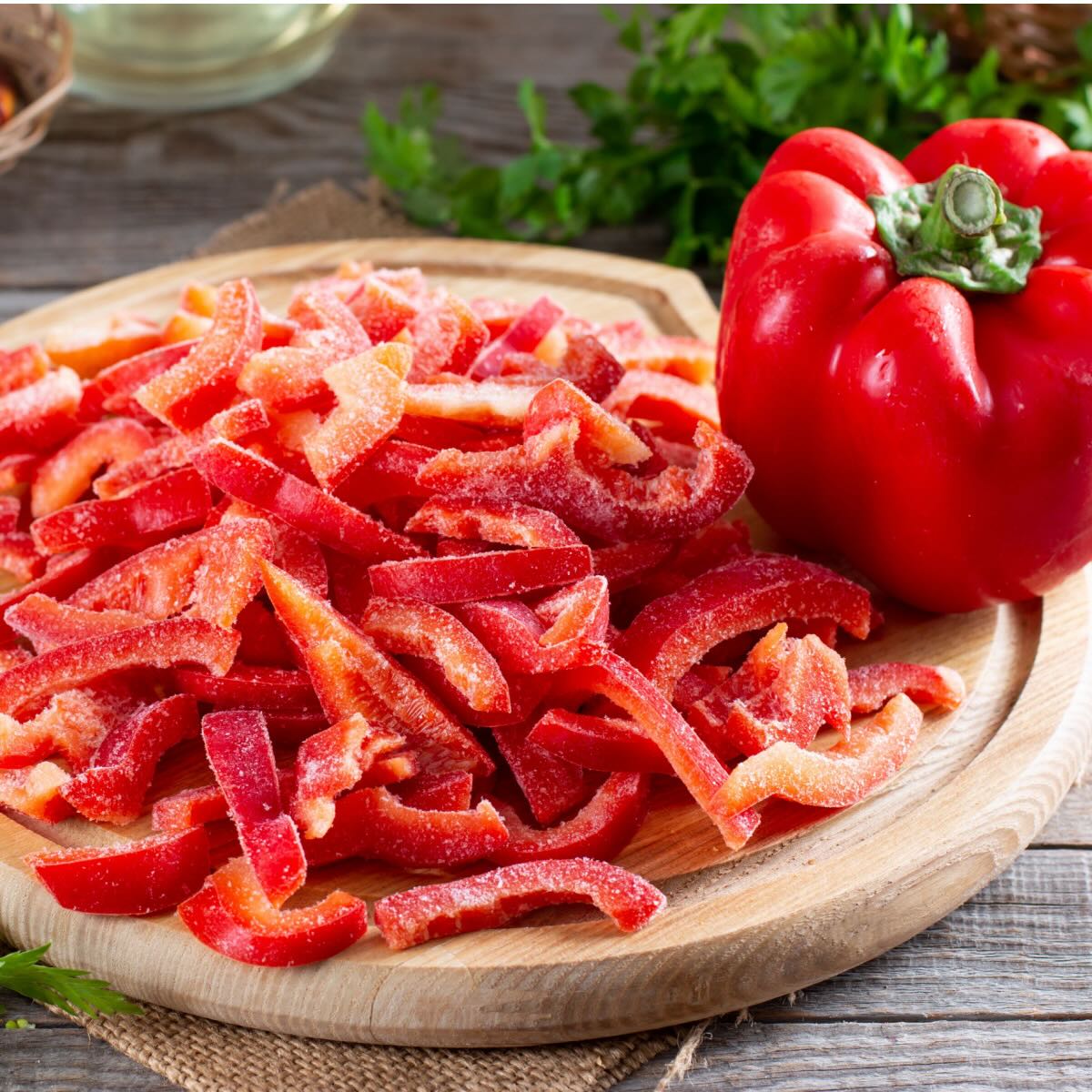

0 thoughts on “How To Store Green Peppers”